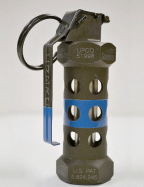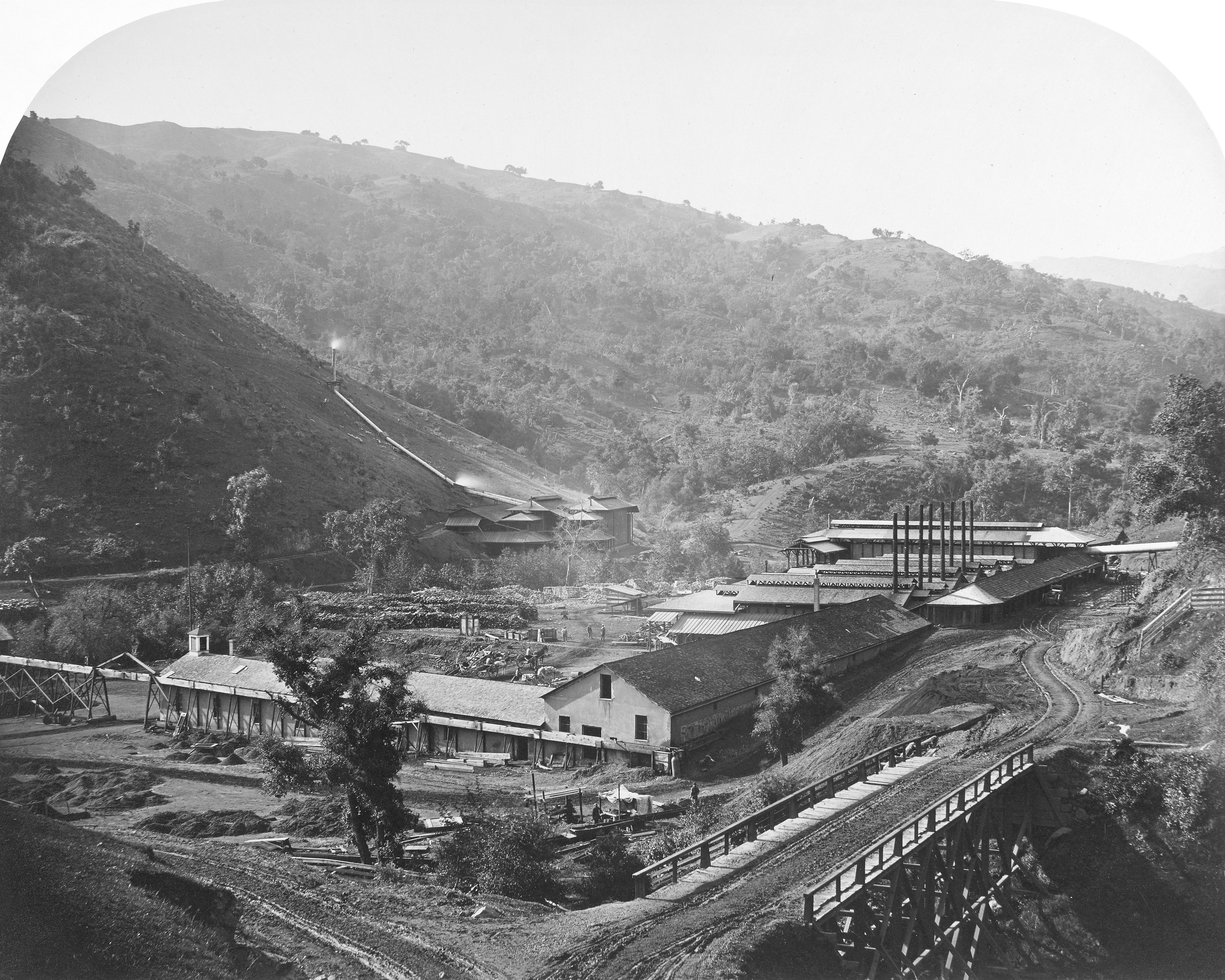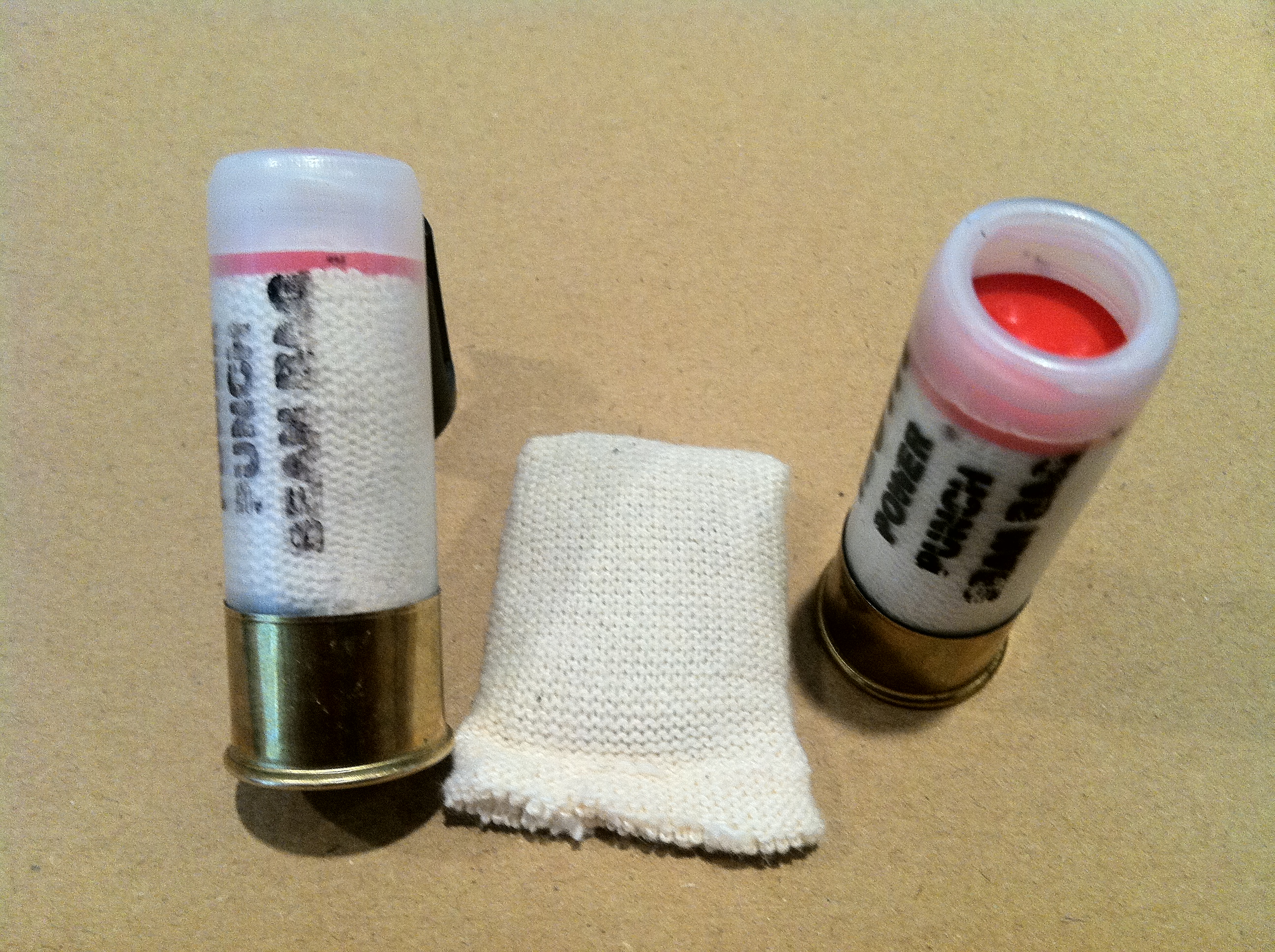|
2003 Port Of Oakland Dock Protest
On April 7, 2003, in Oakland, California, United States, an anti-war protest occurred at the Port of Oakland. The non-violent protest was organized by Direct Action to Stop the War, a Bay Area peace group, which was protesting against American President Lines, alleging the company shipped arms and supplies for the U.S. military and was profiting from the war on Iraq. The incident The police fired wooden dowels projectiles, sting balls, concussion grenades, tear gas and other non-lethal weapons when protesters at the gates of two shipping lines at the port refused an order to disperse. Longshoremen and protestors were injured in the exchange. Reverberations The next month after the incident, on May 13, Direct Action to Stop the War again led a march of anti-war activists and community leaders from the West Oakland BART Station West Oakland station is a Bay Area Rapid Transit (BART) station serving the West Oakland neighborhood in Oakland, California Oakland i ... [...More Info...] [...Related Items...] OR: [Wikipedia] [Google] [Baidu] |
Protests Against The 2003 Iraq War
Beginning in late 2002, and continuing after the 2003 invasion of Iraq, large-scale protests against the Iraq War were held in many cities worldwide, often coordinated to occur simultaneously around the world. After the biggest series of demonstrations, on February 15, 2003, ''New York Times'' writer Patrick Tyler claimed that they showed that there were two superpowers on the planet: the United States and worldwide public opinion. These demonstrations against the war were mainly organized by anti-war organizations, many of whom had been formed in opposition to the invasion of Afghanistan. In some Arab countries demonstrations were organized by the state. Europe saw the biggest mobilization of protesters, including a rally of three million people in Rome, which is listed in the Guinness Book of Records as the largest ever anti-war rally. According to the French academic Dominique Reynié, between January 3 and April 12, 2003, 36 million people across the globe took part ... [...More Info...] [...Related Items...] OR: [Wikipedia] [Google] [Baidu] |
Stun Grenade
A stun grenade, also known as a flash grenade, flashbang, thunderflash, or sound bomb, is a Non-lethal weapon, less-lethal explosive device used to temporarily disorient an enemy's senses. Upon detonation, they produce a blinding flash of light and an extremely loud "bang". They are often used in close-quarters combat, door breaching, and riot control, typically to stun enemies or distract them. Stun grenades were first used by the British Army Special Air Service's Counterterrorism, counterterrorist wing in the late 1970s, and have been used by police and military forces worldwide since. Despite their less-lethal nature, stun grenades are still capable of causing harm, and can injure or kill when detonating in close proximity. They are also capable of sparking fires. Effects Stun grenades designed to produce a blinding flash of light of around 7 megacandela (Mcd) and an intensely loud "bang" of greater than 170 decibels (dB). The flash temporarily activates all photoreceptor ... [...More Info...] [...Related Items...] OR: [Wikipedia] [Google] [Baidu] |
Riots And Civil Disorder In California
A riot is a form of civil disorder commonly characterized by a group lashing out in a violent public disturbance against authority, property, or people. Riots typically involve destruction of property, public or private. The property targeted varies depending on the riot and the inclinations of those involved. Targets can include shops, cars, restaurants, state-owned institutions, and religious buildings. Riots often occur in reaction to a grievance or out of dissent. Historically, riots have occurred due to poverty, unemployment, poor living conditions, governmental oppression, taxation or conscription, conflicts between ethnic groups (race riot) or religions (sectarian violence, pogrom), the outcome of a sporting event (sports riot, football hooliganism) or frustration with legal channels through which to air grievances. While individuals may attempt to lead or control a riot, riots typically consist of disorganized groups that are frequently "chaotic and exhibit herd beha ... [...More Info...] [...Related Items...] OR: [Wikipedia] [Google] [Baidu] |
2003 In California
3 (three) is a number, numeral (linguistics), numeral and numerical digit, digit. It is the natural number following 2 and preceding 4, and is the smallest odd prime number and the only prime preceding a square number. It has religious or cultural significance in many societies. Evolution of the Arabic digit The use of three lines to denote the number 3 occurred in many writing systems, including some (like Roman and Chinese numerals) that are still in use. That was also the original representation of 3 in the Brahmic numerals, Brahmic (Indian) numerical notation, its earliest forms aligned vertically. However, during the Gupta Empire the sign was modified by the addition of a curve on each line. The Nāgarī script rotated the lines clockwise, so they appeared horizontally, and ended each line with a short downward stroke on the right. In cursive script, the three strokes were eventually connected to form a glyph resembling a with an additional stroke at the bottom: ३. ... [...More Info...] [...Related Items...] OR: [Wikipedia] [Google] [Baidu] |
Protests In The San Francisco Bay Area
A protest (also called a demonstration, remonstration or remonstrance) is a public expression of objection, disapproval or dissent towards an idea or action, typically a political one. Protests can be thought of as acts of cooperation in which numerous people cooperate by attending, and share the potential costs and risks of doing so. Protests can take many different forms, from individual statements to mass demonstrations. Protesters may organize a protest as a way of publicly making their opinions heard in an attempt to influence public opinion or government policy, or they may undertake direct action in an attempt to enact desired changes themselves. Where protests are part of a systematic and peaceful nonviolent campaign to achieve a particular objective, and involve the use of pressure as well as persuasion, they go beyond mere protest and may be better described as a type of protest called civil resistance or nonviolent resistance. Various forms of self-expr ... [...More Info...] [...Related Items...] OR: [Wikipedia] [Google] [Baidu] |
Police Brutality In The United States
Police brutality is the repression by personnel affiliated with law enforcement when dealing with suspects and civilians. The term is also applied to abuses by "corrections" personnel in municipal, state, and federal prison camps, including military prisons. The term ''police brutality'' is usually applied in the context of causing physical harm to a person. It may also involve psychological harm through the use of intimidation tactics that often violate human rights. From the 18th-20th centuries, those who engaged in police brutality have acted with the implicit approval of the local legal system, such as during the Civil Rights Movement era. In the contemporary era, individuals who engage in police brutality may do so with the tacit approval of their superiors or they may be rogue officers. In either case, they may perpetrate their actions under color of law and, more often than not, the state apparatus engages in a subsequent cover-up of their repression. In the 2000s, the ... [...More Info...] [...Related Items...] OR: [Wikipedia] [Google] [Baidu] |
The New York Times
''The New York Times'' (''the Times'', ''NYT'', or the Gray Lady) is a daily newspaper based in New York City with a worldwide readership reported in 2020 to comprise a declining 840,000 paid print subscribers, and a growing 6 million paid digital subscribers. It also is a producer of popular podcasts such as '' The Daily''. Founded in 1851 by Henry Jarvis Raymond and George Jones, it was initially published by Raymond, Jones & Company. The ''Times'' has won 132 Pulitzer Prizes, the most of any newspaper, and has long been regarded as a national " newspaper of record". For print it is ranked 18th in the world by circulation and 3rd in the U.S. The paper is owned by the New York Times Company, which is publicly traded. It has been governed by the Sulzberger family since 1896, through a dual-class share structure after its shares became publicly traded. A. G. Sulzberger, the paper's publisher and the company's chairman, is the fifth generation of the family to head the pa ... [...More Info...] [...Related Items...] OR: [Wikipedia] [Google] [Baidu] |
West Oakland (BART Station)
West Oakland station is a Bay Area Rapid Transit (BART) station serving the West Oakland neighborhood in Oakland, California, United States. It has two elevated side platforms, and is located near the eastern end of the Transbay Tube. All lines except the Richmond-Berryessa/North San José line stop at the station. The Oakland Wye is located to the east of the station. History The station opened on September 16, 1974 - the last station of the initial BART system to open - with the beginning of service through the Transbay Tube. The station was originally named Oakland West, contrary to the actual neighborhood name. The efforts of neighborhood activists led BART to correct the name to West Oakland, between 1986 and 1987. In June 2020, the BART Board of Directors approved a mixed-use transit oriented development project on the parking lots surrounding the station. The development is to include 762 housing units, of retail, and of office space. Bus connections The station has ... [...More Info...] [...Related Items...] OR: [Wikipedia] [Google] [Baidu] |
San Jose Mercury News
''The Mercury News'' (formerly ''San Jose Mercury News'', often locally known as ''The Merc'') is a morning daily newspaper published in San Jose, California, in the San Francisco Bay Area. It is published by the Bay Area News Group, a subsidiary of Digital First Media. , it was the List of newspapers in the United States#Top 25 newspapers by circulation, late 2012 through early 2013, fifth largest daily newspaper in the United States, with a daily circulation of 611,194. , the paper has a circulation of 324,500 daily and 415,200 on Sundays. As of 2021, this further declined. The Bay Area News Group no longer reports its circulation, but rather "readership". For 2021, they reported a "readership" of 312,700 adults daily. First published in 1851, the ''Mercury News'' is the last remaining English-language daily newspaper covering the Santa Clara Valley. It became the ''Mercury News'' in 1983 after a series of mergers. During much of the 20th century, it was owned by Knight Ridder. ... [...More Info...] [...Related Items...] OR: [Wikipedia] [Google] [Baidu] |
Non-lethal Weapon
Non-lethal weapons, also called nonlethal weapons, less-lethal weapons, less-than-lethal weapons, non-deadly weapons, compliance weapons, or pain-inducing weapons are weapons intended to be less likely to kill a living target than conventional weapons such as knives and firearms with live ammunition. It is often understood that unintended or incidental casualties are risked wherever force is applied, but non-lethal weapons try to minimise the risk of casualties (e.g. serious/permanent injuries or death) as much as possible. Non-lethal weapons are used in policing and combat situations to limit the escalation of conflict where employment of lethal force is prohibited or undesirable, where rules of engagement require minimum casualties, or where policy restricts the use of conventional force. These weapons occasionally cause serious injuries or death; the term "less-lethal" has been preferred by some organizations as it describes the risks of death more accurately than the term ... [...More Info...] [...Related Items...] OR: [Wikipedia] [Google] [Baidu] |
Tear Gas
Tear gas, also known as a lachrymator agent or lachrymator (), sometimes colloquially known as "mace" after the early commercial aerosol, is a chemical weapon that stimulates the nerves of the lacrimal gland in the eye to produce tears. In addition, it can cause severe eye and respiratory pain, skin irritation, bleeding, and blindness. Common lachrymators both currently and formerly used as tear gas include pepper spray (OC gas), PAVA spray (nonivamide), CS gas, CR gas, CN gas (phenacyl chloride), bromoacetone, xylyl bromide and Mace (a branded mixture). While lachrymatory agents are commonly deployed for riot control by law enforcement and military personnel, its use in warfare is prohibited by various international treaties.E.g. the Geneva Protocol of 1925 prohibited the use of "asphyxiating gas, or any other kind of gas, liquids, substances or similar materials". During World War I, increasingly toxic and deadly lachrymatory agents were used. The short and long-term effec ... [...More Info...] [...Related Items...] OR: [Wikipedia] [Google] [Baidu] |
Bean Bag Round
A bean bag round, also known by its trademarked name flexible baton round, is a type of baton round, fired from a shotgun, and used for less lethal apprehension of suspects. Description The bean bag round consists of a small fabric "pillow" filled with #9 lead shot weighing about . It is fired from a normal 12-gauge shotgun. When fired, the bag is expelled at around ; it spreads out in flight and distributes its impact over about of the target. It is designed to deliver a blow that will cause minimum long-term trauma and no penetration but will result in a muscle spasm or other reaction to briefly render a violent suspect immobile. It still can cause serious injury and death. The shotgun round is inaccurate over about and has a maximum range of around . Changes to the bean bag round since its inception in the early 1970s have included a velocity reduction from 120 to 90 meters per second (400 to 300 ft/s) as well as a shift from a square shape to a more rounded sock-shap ... [...More Info...] [...Related Items...] OR: [Wikipedia] [Google] [Baidu] |
.jpg)




.png)


.jpg)
